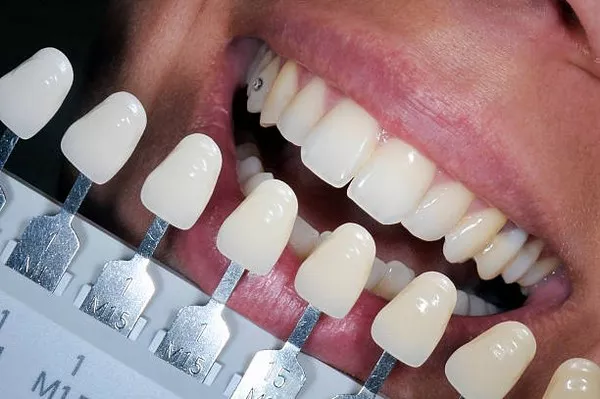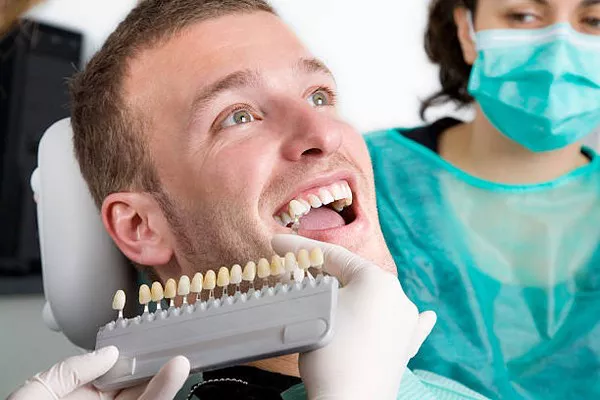Orthodontic treatment, such as braces, is a popular option for individuals looking to correct misaligned teeth and improve the appearance of their smile. However, one of the most common questions people have when considering orthodontic treatment is how much do braces cost? The answer to this question depends on several factors, including the type of braces used, the length of treatment, and insurance coverage. In this article, we will explore each of these factors in more detail and provide you with a general idea of the cost of orthodontic treatment.
Factors that Affect the Cost of Braces:
Type of Braces:
The type of braces used is one of the most significant factors that affect the cost of orthodontic treatment. There are several types of braces available today, including traditional metal braces, clear ceramic braces, lingual braces, and clear aligners.
Traditional metal braces are often the most affordable option, with an average cost of $3,000 – $7,000 for a full treatment course. Clear ceramic braces are more expensive, with an average cost of $4,000 – $8,000. Lingual braces, which are placed on the inside surface of the teeth, can cost even more, with an average cost of $8,000 – $10,000. Clear aligners, such as Invisalign, are typically the most expensive option, with an average cost of $4,000 – $8,000.
Length of Treatment:
The length of treatment is another essential factor that affects the cost of orthodontic treatment. Generally, the longer the treatment time, the higher the cost. The average length of treatment for braces is 18-24 months, although it can vary depending on the severity of the misalignment.
Insurance Coverage:
Insurance coverage is an important consideration when it comes to the cost of orthodontic treatment. Some dental insurance plans include orthodontic coverage, which can significantly reduce the cost of treatment. However, not all plans cover orthodontics, and those that do may have restrictions or limitations. It is important to check with your insurance provider to determine what type of coverage you have and what expenses will be covered.
Additional Costs:
In addition to the main factors listed above, there may be additional costs associated with orthodontic treatment. These can include:
- Initial consultation fees
- X-rays and other diagnostic tests
- Retainers and post-treatment follow-up care
- Emergency visits for broken brackets or wires
- Teeth extractions, if necessary
It is always a good idea to ask your orthodontist about any potential additional costs upfront so that you can budget accordingly.
Conclusion:
In conclusion, the cost of braces varies depending on several factors, including the type of braces used, the length of treatment, and insurance coverage. While traditional metal braces are often the most affordable option, clear aligners such as Invisalign can be significantly more expensive. The length of treatment also plays a significant role in the overall cost of orthodontic treatment. It is important to work closely with your orthodontist to develop a treatment plan that meets your individual needs and goals while staying within your budget. By doing so, you can achieve a beautiful, healthy smile that will last a lifetime.
Related Topics:






























